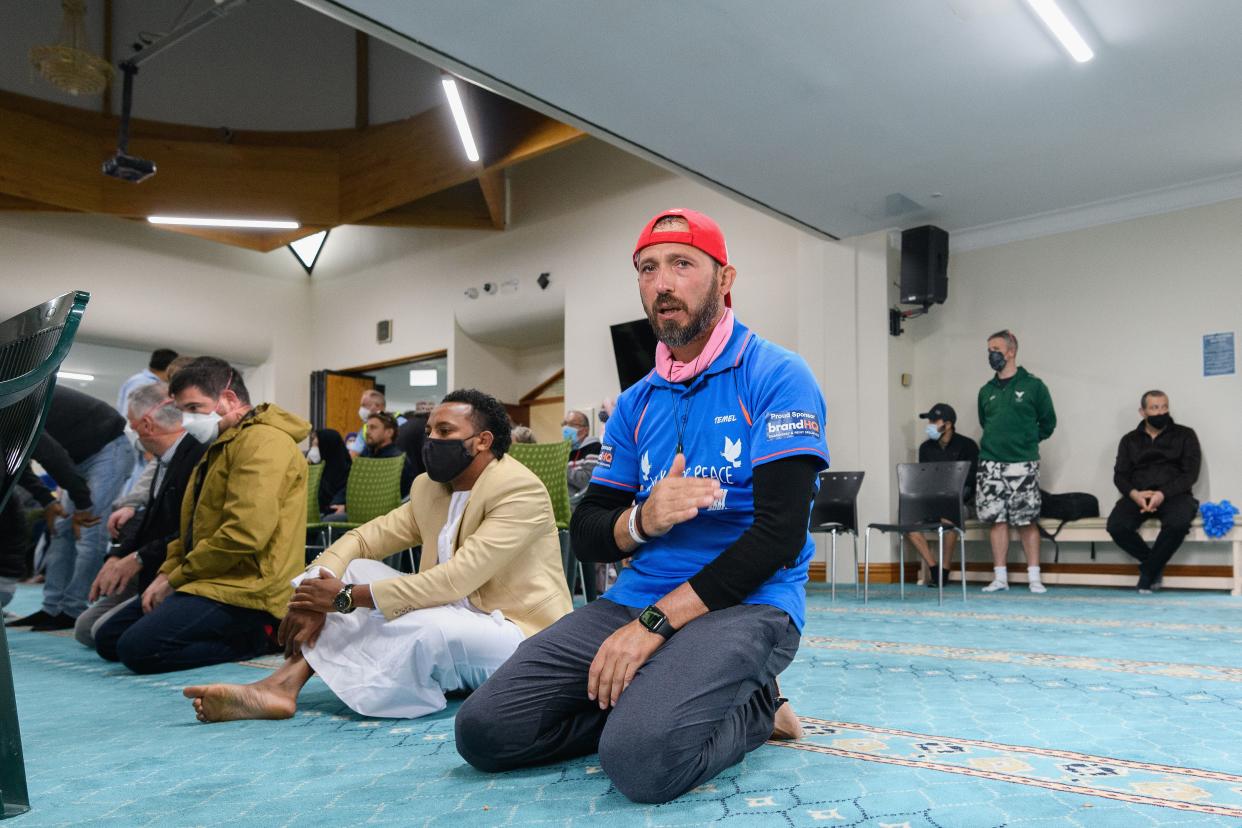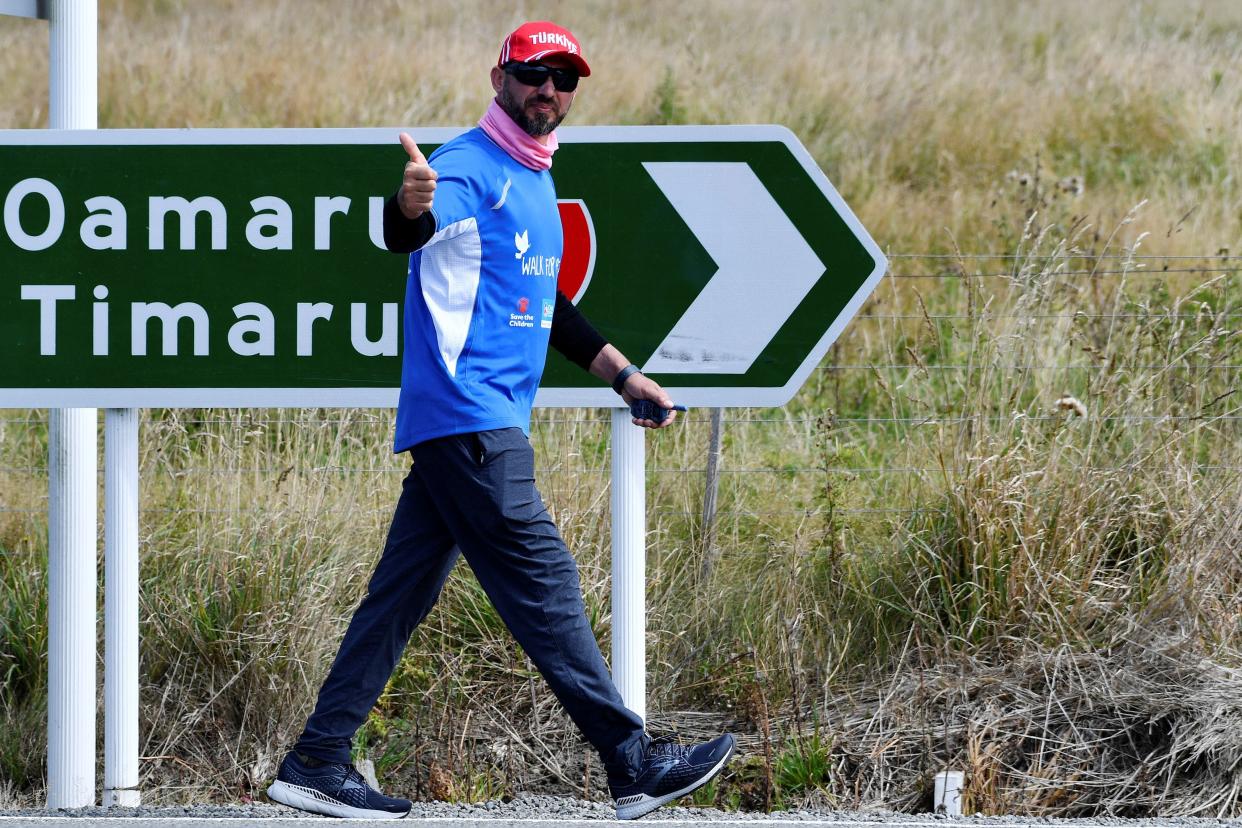New Zealand mosque attack survivor to extremists: Violence doesn’t drive people apart, it brings them together
A survivor of the 2019 massacre in New Zealand, has one message for the alleged Buffalo Tops shooter: The violence intended to drive people apart instead has the opposite effect.
Payton Gendron, 18, drove about the same distance as Christchurch mosque shooter Brenton Tarrant to reach his intended victims, and with the same alleged aim: to drive nonwhite people from the land.
Tarrant killed 51 people on March 15, 2019, as they worshiped.
Gendron allegedly killed 10 people as they shopped and worked.

Still recovering from nine gunshot wounds to his mouth, left arm and both legs, New Zealand survivor Temel Atacocugu pointed out one of many glaring faults in their twisted white supremacist logic: Violence doesn’t work.
In the wake of the 2019 shootings in Christchurch, New Zealand, Muslims and non-Muslims came together.
President Biden visits Buffalo massacre scene, calls white supremacy ‘poison’ that will not stand
Rather than driving people apart, the shootings in both cases brought people together as they transcended their differences and embraced mutual heartbreak, the “heartbroken” survivor told The Associated Press in the wake of Saturday’s massacre on U.S. soil.
Atacocugu had himself only just finished a two-week trek along the 224-mile route that Australian national Tarrant had taken from Dunedin, New Zealand, to Christchurch to attack three years ago.

“Violence does not solve the problem,” Atacocugu said. “They should see that. People, including the extremists, should see that violence does not fix anything. Peace will fix it. They have to learn to talk with people around them, too.”
When it emerged that Gendron had been inspired by Tarrant, who was able to livestream his rampage for 17 minutes, Atacocugu was triggered at the thought of that connection and suffered flashbacks to his own trauma, he said.
Buffalo supermarket shooter was radicalized by New Zealand mosque killer
Atacocugu added that he was heartbroken for the Buffalo victims’ families and said governments worldwide must work harder to stop extremism.
Gendron was allegedly influenced by something called replacement theory, which carries the misguided notion that white people are going to be “replaced” or diminished in American society as immigrants and minority groups gain power. Declining birth rates among whites is also feeding that fear.
One proponent of that so-called theory is Fox News’s Tucker Carlson, who regularly spreads misinformation about immigrants and other minority groups. He has conveniently ignored the potential connection between his own rhetoric and Gendron’s alleged deeds.
“I wanted to fix this damage,” Atacocugu said after walking and biking the 224 miles in March. “Because three years ago, he started that journey with hate.”
With News Wire Services
